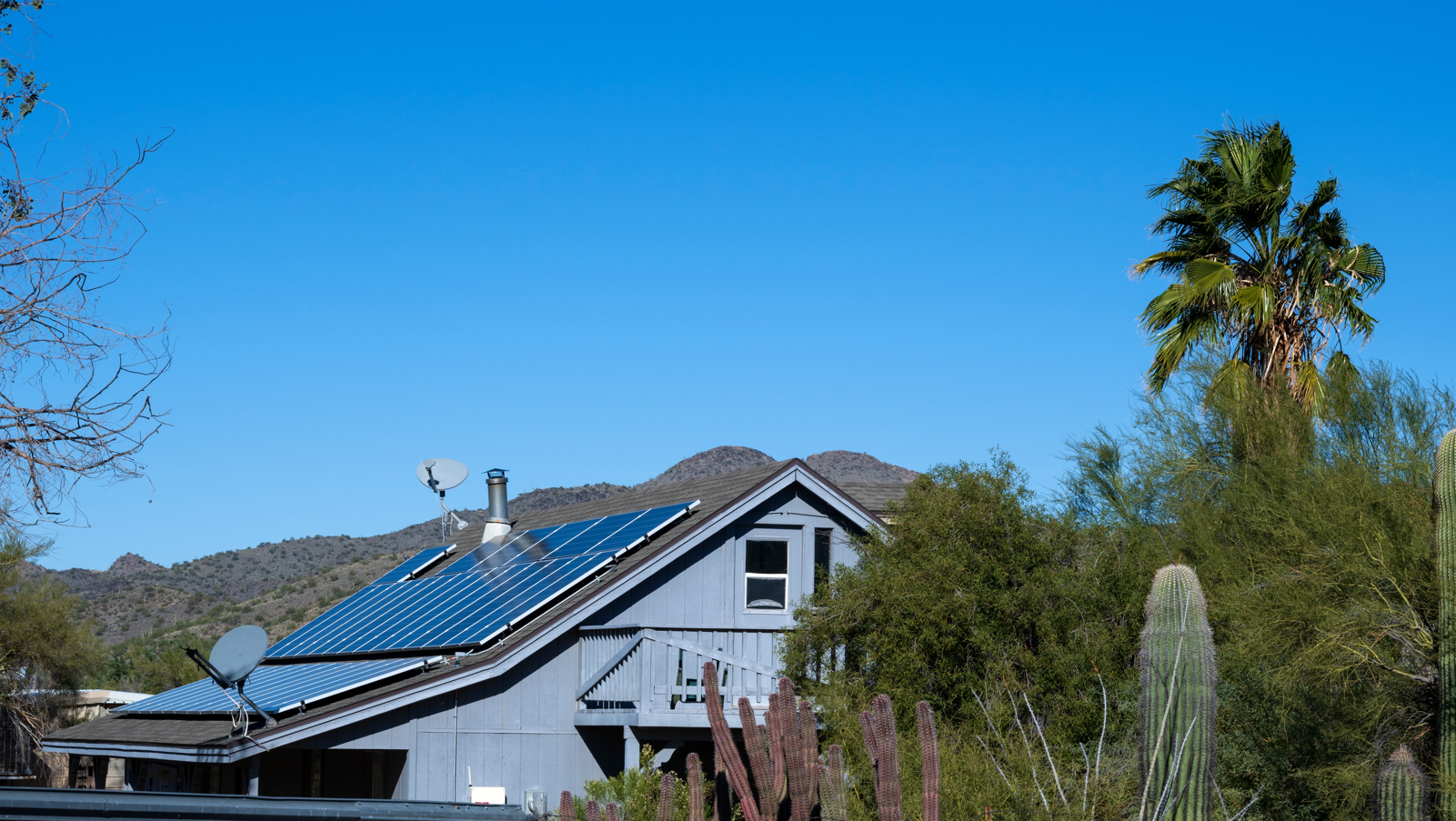
The Inflation Reduction Act (IRA) was passed with much fanfare on August 16, 2022. In recognition of the landmark legislation’s two-year anniversary, Buildings Hub is examining the IRA’s key buildings programs, the status of program awards, and trends in the awards data.
Building electrification and decarbonization initiatives and projects are eligible for $88.1 billion in IRA funding via 27 programs. Of that total, $50.5 billion (57 percent) is aimed solely at electrification of residential and commercial buildings. These 27 programs are managed by seven different federal agencies; a third are managed by the Environmental Protection Agency. The programs also span a range of funding forms, with most of the money going out in the form of tax credits ($37 billion), competitive grants ($36 billion), or formula funding ($10 billion).
Buildings Hub has tracked about $35.4 billion in IRA awards, leaving about $16 billion (32 percent) in funding remaining (Table 1). $36.9 billion in tax credits is excluded from this calculation, given that tax credits are claimed rather than awarded. Four buildings-related tax credits are embedded in IRA: the Residential Clean Energy Credit (25D, $22 billion), the Extension, Increase, and Modification of Nonbusiness Energy Property Credit (25C, $12.5 billion), the Extension, Increase, and Modification of New Energy Efficient Home Credit (45L, $2 billion), and the Energy Efficient Commercial Buildings Deduction (179D, $362 million). Recent data from the U.S. Treasury Department indicates that about $8 billion in tax credits for building energy improvements were allocated in 2023, the first year the credits were all fully available.
Table 1: Awarded IRA funding for building decarbonization and electrification
| Program | Funding Awarded | Sector(s) | Justice40? |
| Greenhouse Gas Reduction Fund – National Clean Investment Fund | $14 billion | Commercial Buildings, Residential Buildings | Yes |
| Greenhouse Gas Reduction Fund – Solar for All | $7 billion | Solar | Yes |
| Greenhouse Gas Reduction Fund – Clean Communities Investment Accelerator | $6 billion | Commercial Buildings, Residential Buildings | Yes |
| Climate Pollution Reduction Grants | $4.6 billion | Energy Efficiency, Workforce | Yes |
| Assistance for Federal Buildings | $1.4 billion | Public Buildings | No |
| High-Efficiency Electric Home Rebate Program | $1.2 billion | Residential Buildings, Energy Efficiency | Yes |
| Environmental and Climate Justice Block Grants | $1.1 billion | Environmental Justice, Environmental Remediation | Yes |
| Rural Energy for America Program | $882.6 million | Rural, Energy Efficiency | Yes |
| Green and Resilient Retrofit Program – Grants and Loans | $751.8 million | Commercial Buildings, Residential Buildings | Yes |
| Use of Low-Carbon Materials | $444.1 million | Low-Carbon Materials, Public Buildings | No |
| Enhanced Use of Defense Production Act of 1950 | $169 million | Heat Pumps | Yes |
| Environmental Product Declaration Assistance | $156.2 million | Industry | No |
| State-Based Home Efficiency Contractor Training Grants | $150 million | Workforce | Yes |
| Home Energy Performance-Based, Whole-House Rebates | $134.8 million | Residential Buildings, Energy Efficiency | Yes |
| Tribal Electrification Program | $72.2 million | Residential Buildings | Yes |
| General Services Administration Emerging Technologies | $19.5 million | Energy Efficiency, Public Buildings | No |
| Funding to Address Air Pollution: Wood Heaters | $8.8 million | Air Quality | No |
| Rural Energy for America Program – Underutilized Renewable Energy Technologies | $611k | Rural, Energy Efficiency | Yes |
Source: Climate Program Portal, Outcomes Dashboard | Note that funding awarded may include funding for individual projects that are not wholly buildings focused. Additionally, some award totals overstate IRA contributions to projects funded by multiple sources because funding source breakdowns are not consistently available.
The bulk of this awarded funding is focused on energy efficiency, weatherization, and other building decarbonization developments in residential and commercial buildings. A separate significant portion — almost two billion in awarded funding thus far — is directed at electrifying government buildings, a strong instance of the federal government leading by example.
17 of the 27 buildings programs amounting to about $36 billion in total funding are designed to further the Biden Administration’s Justice40 Initiative. 40 percent of the benefits garnered by this funding will flow toward historically disadvantaged communities.
Overarchingly, the approach to funding building decarbonization in the IRA differs from funding in other sectors, such as the electric vehicle programs tracked by the EV Hub. Notably, most of this buildings funding is focused on deployment assistance and developing state administrative foundations, whereas other IRA programs support manufacturing and domestic supply chains. Only the $500 million earmarked by the Enhanced Use of Defense Production Act of 1950 program centers manufacturing — heat pumps, specifically.
This divide is founded in both the maturity of the technological solutions and the youth of domestic building decarbonization efforts, especially at a nationwide scale. Many of the solutions involved in building electrification—insulation, heat pumps, induction stoves, solar panels, and others—are either well established or similar to established technologies. However, when it comes to deployment, many state energy offices are standing up their buildings incentive programs for the first time and many households have never thought about an air source or a ground-source heat pump. As a result, a byproduct of this significant IRA funding into buildings is an amplification of awareness about building decarbonization and its plural benefits for households nationwide.



